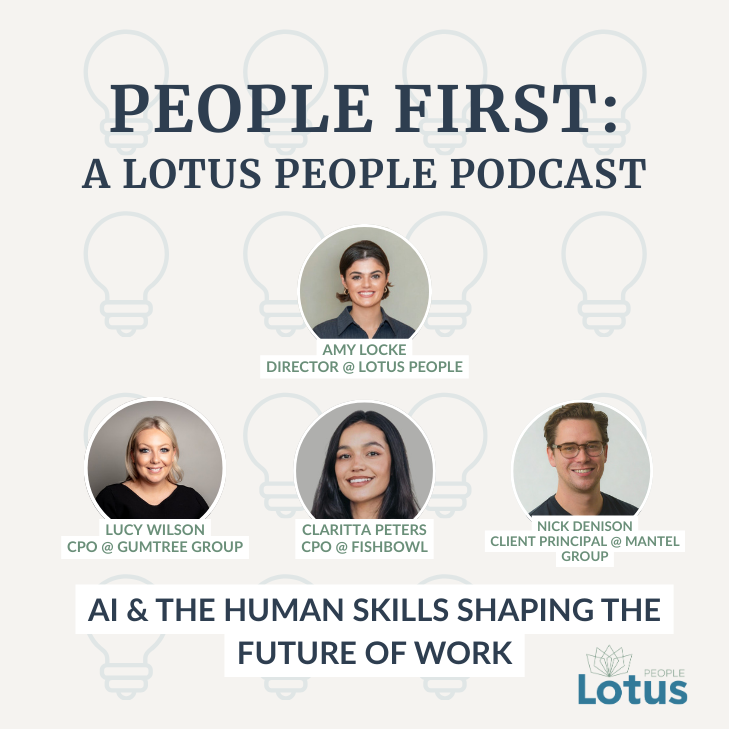I have to admit, I’m not great at setting myself goals and even worse at sticking to them. I’ve always had this idea that by not setting goals, I am able to avoid failure and disappointment. It’s not until recently that I have had to set myself quarterly targets at work. When first setting these targets I felt a little overwhelmed however by staying close to my goal I was able to stay focused and reach my target!
Having recently attended a ‘Fast Start’ workshop with LMA I wanted to share some of the main tips I took away from the session in relation to goal setting.
- Reflection – Before setting new goals take some time to reflect on the past year, past five years or even longer. Did you already have goals in place? What have you accomplished thus far? What would you like to do again? What were your biggest challenges? What did you learn? What would you like to change? What is holding you back? Reflecting on these questions will give you a clearer idea of what is truely important to you and what goals you should focus on moving forward.
- Wheel of Life – So often people will set New Years resolutions for the sake of it without really thinking what is important to them. The Wheel of Life focuses on 6 key areas; Financial and Career, Physical and Health, Mental and Educational, Family and Home, Spiritual and Ethical, and Social and Cultural. I have found that dividing my goals into these six areas has made them feel more achievable.
- SMART goals – I’m sure most people have heard of this acronym before and it’s a great one to apply to goal setting, in fact, it is pretty hard to stick to a goal without it. Say your goal was ‘I want to lose weight’ or ‘I want to earn more money’. When? How? How much? In order to have a clear focus you need to make your goal; Specific, Measurable, Attainable, Realistic and Tangible.
- Obstacles and solutions – When it comes to exercise I am fantastic at making excuses and terrible at actually sticking to what I said I’d do. Listing my potential obstacles and providing solutions to them has really helped me kickstart my health goal. It is easy to say to yourself ‘I don’t have time’, but by writing this out and working out a simple solution such as planning your day or waking up half an hour earlier you will find that these obstacles are quite easy to overcome.
- Share you goals – When setting a goal, don’t just write it in a notebook and never look at it again. Tell your friends, tell your work colleagues, stick it on the fridge, stick it up at work, put reminders in your calendar. There is a higher chance of you working towards your goal the more you are reminded of it!
- Track your progress – Even if goals are attainable and realistic they can still seem overwhelming when you first set them. By breaking your goals down into smaller targets you are able to track your progress and celebrate the wins along the way. For example as well as having monthly weight loss goals you could also aim to attend 3 gym classes per week or eat 5 servings of vegetables per day.
The beginning of a new financial year is a great time to set new financial and career goals but also a great time to re-evaluate or set other life goals even if it is as simple as reading one new book per month. So go on, get started on achieving those goals!
You may also like...





